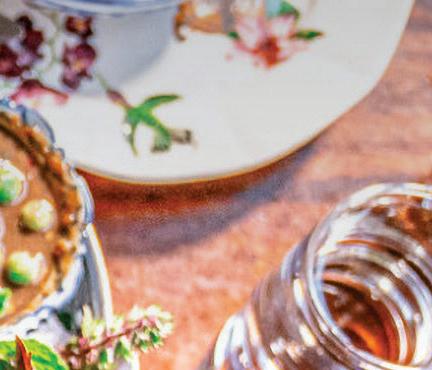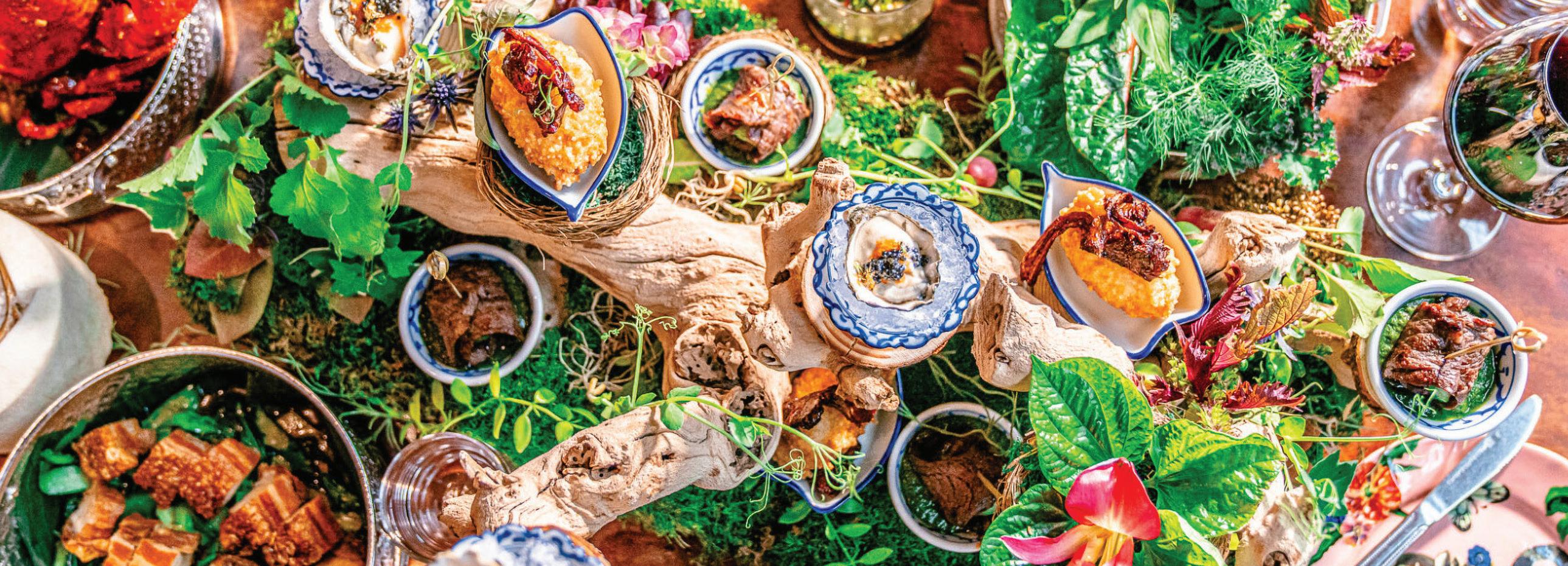





























GOURMET SHOP BRINGS TASTES FROM AROUND WORLD TO EAST BAY







Mercedes
Lynda














It’s OK to not always have a salad. Pictured are SoDo Donuts.






































Mercedes
Lynda














It’s OK to not always have a salad. Pictured are SoDo Donuts.
Being healthy involves many things
The older I get, the more health and wellness rule my life—not to mention, of course, the whole global pandemic thing. Having once lived in the “healthiest” state in the U.S. (Hawai’i, according to the U.S. Centers for Disease Control and Prevention), and now that I’m back in the eighth healthiest state (California), my idea of healthy living has evolved.
Yes to more time spent in nature and eating “natural” foods, both of which are plentiful here, thankfully. Yes to moving my body more and practicing mindfulness. But I also feel wellness is holistic.
I believe that the key to good health is a balance of pleasure and diligence. Of consuming fresh veggies mostly, but having the occasional burnt honey cream

sourdough donut (looking at you, SoDo Donuts!). Of working hard at my job, having focused, intelligent conversations with my colleagues, then completely unplugging during the weekends and being absolutely ridiculous with friends (it’s usually their fault, just saying).
So I appreciate learning about new methods of wellness, such as those found here. In this issue, we speak to Berkeley author Elizabeth Rosner about her latest book on the science of listening. It turns out that sound—and silence—has an impact on our wellbeing. We also explore an alternative fitness class in aerial silks, which incorporates acrobatic arts with strength training. Engaging my core and flexibility while hanging upside down in a dazzling display of circus-esque bohème?
Sign me up!
Jeffrey Edalatpour writes about arts, food and culture for SF Weekly, Metro Silicon Valley, East Bay Express and KQED Arts.
Lou Fancher has been published in Diablo Magazine, Oakland Tribune, InDance, San Francisco Classical Voice, SF Weekly, WIRED.com and elsewhere.
Janis Hashe regularly contributes to the East Bay Express and other Bay Area publications.
Other healthful explorations in this issue include a foray into Berkeley’s Aftel Archive of Curious Scents, where we enter the world of natural perfumes and the complexity of engaging our senses. We uncover two women’s organizations based in Oakland, but with international reach: Him For Her, helping to place more women in corporate boardrooms, and Rise Up, supporting women to achieve their full potential.
And finally, we visit the utterly charming market Of All Places, whose purveyors were inspired by a wine club and the late Italian actress Monica Vitti, and who use their shelves to stock many local goods produced by restaurant workers who lost their jobs during the pandemic. Mangia!
— Samantha Campos, Editor
Lisa Plachy is a San Francisco-based writer who covers arts, community and culture in the Bay Area.
Sonya Bennett-Brandt writes about climate, conservation and the Bay Area.
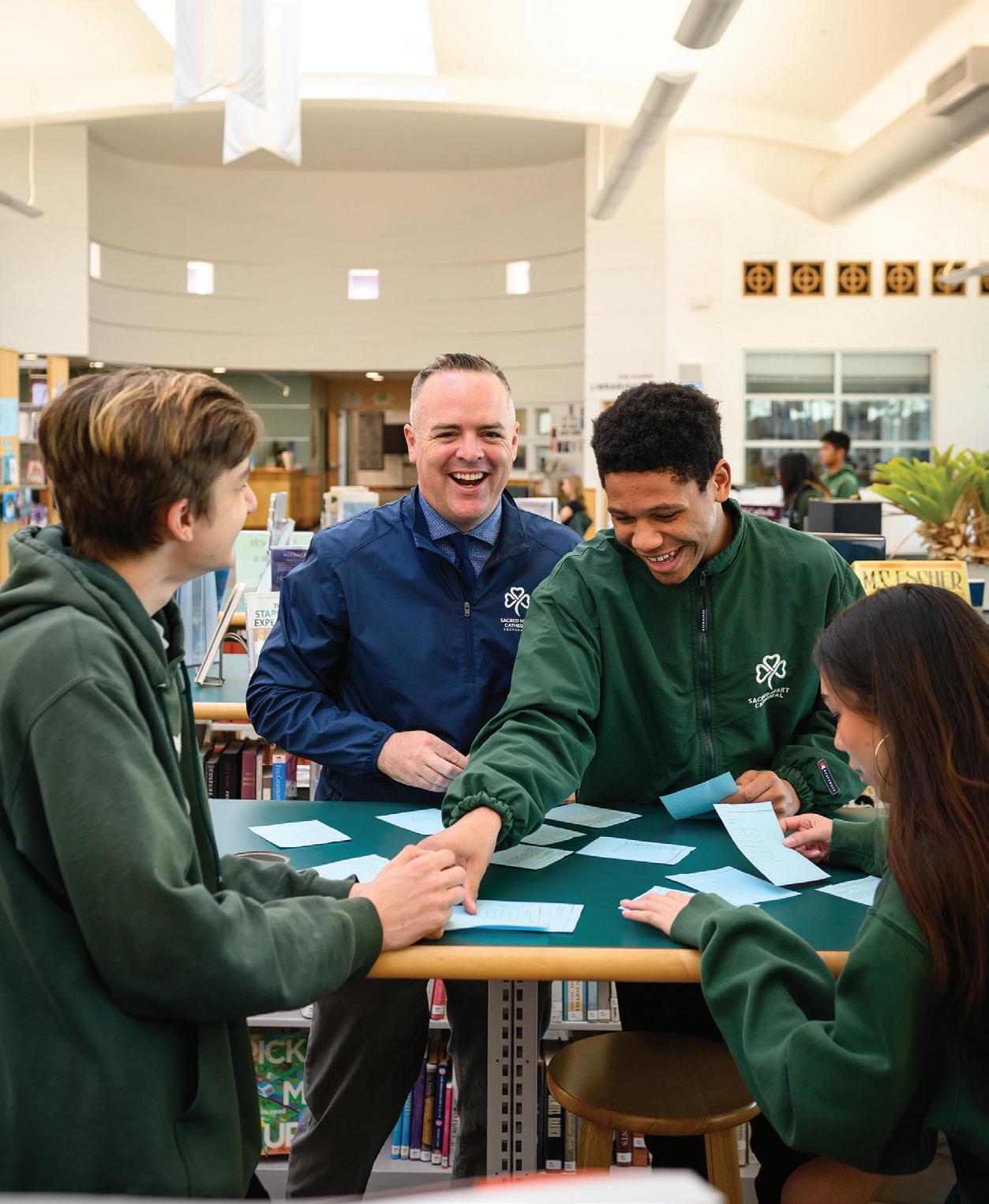



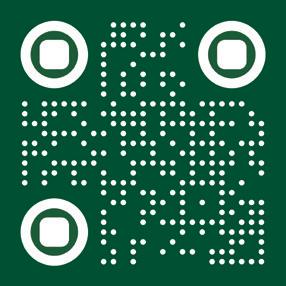







How the Aftel Archive of Curious Scents taught me to let go
BY Lisa Plachy


After reading about Berkeley’s Aftel Archive of Curious Scents in T: The New York Times Style Magazine, Vogue and Smithsonian magazine—to name a few—I thought I knew what to expect when I got there.
Indeed, my visit to the museum played out almost exactly as outlined in their coverage. Upon entry, my husband and I received an envelope full of tools: a glove to handle rare books of perfume formulas and lore; a paper nose cone to “zoom in” on scents; a scrap of wool to neutralize our smell palette; and four paper dipsticks, which, at the end of our visit, would be dipped in scents of our choosing from the gorgeous perfume organ, a tiered
collection of essence-filled vials.
Inside I also found the promised collection of objets d’art, perfumery tools, raw materials, centuries-old literature, endangered creatures and, naturally, curiosities. I knew what was visible, sniffable, touchable and all the ways I would be welcomed—by the owner herself and the cozy nature of the home the museum is housed in.
What I did not expect is how unprepared I was to really, truly, experience the world it offers visitors.
Much like the natural perfumes that owner Mandy Aftel made her name creating, the Aftel Archive is a museum of subtlety.
“I think people come to the museum and think it’s going to smell like Macy’s,” Aftel shared with me in a Zoom call a few days later. “Natural perfumes don't radiate. You have to be intimate with someone to smell it. It doesn’t have the trail that synthetics do.”
Intimacy, I discovered, is difficult to conjure up in an instant, especially in a museum full of so many unfamiliar elements, though Aftel designed every interaction around it. Open a drawer and pluck a rocky piece of opoponax resin to roll in the palm of the hand. Uncap one by one, a dozen vials of hefty glass and lean in to unearth the secret of a fig-less fig perfume. Pick up the weighty handle of a magnifying glass to decipher the pages of The Book of Perfumes
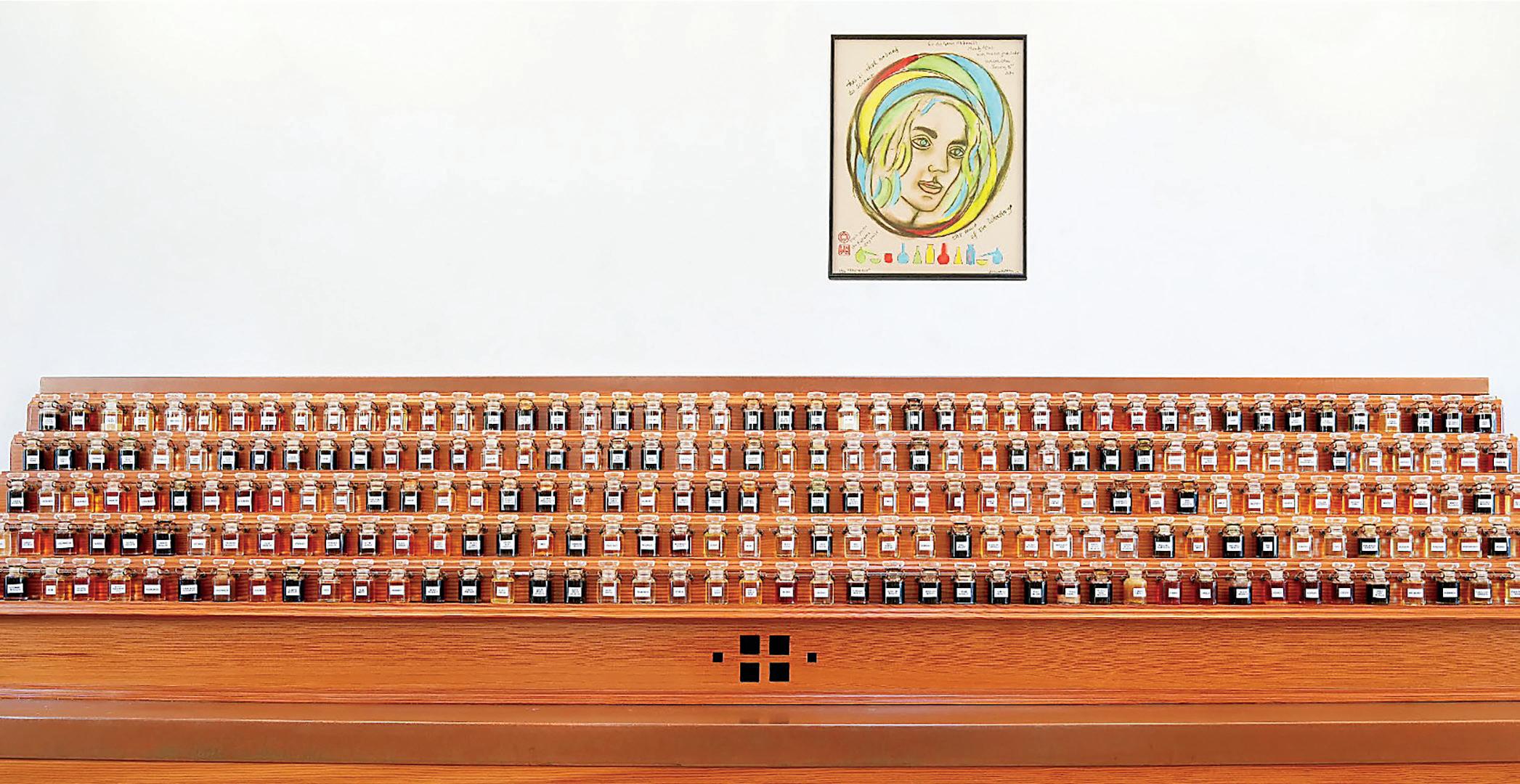
« This I did with intense concentration, dedication even, but I failed to do so with the same carefree nature of my beloved guest.
“I was so glad you came and got to experience with your husband,” Aftel said by email, “who seemed to really enjoy it.”
Was it that obvious that I had not, like him, found my moment of revelation?
“That smells like my uncle’s garage,” said my husband over a vial of fir. He dove into memory in quick succession. “And that,” he said of another vial, “smells like my father’s garage.” Even when I smelled honeysuckle, I was not transported back to New Mexico, where I had first encountered the scent in the dry desert air.
“I find people respond to scent from a very animal part of who they are. Not a part that has a lot of language and not a part that is about what they present to others in the world. It’s more a deeper piece of them,” said Aftel. “People will be attracted to certain smells that speak to their soul, and it bypasses kind of everything else.”
To go deep, to get close, to make room for attraction—they require one to be free of expectation, of assumption, and, candidly, the burden of a journalistic assignment. I moved through the museum waiting for a story to reveal itself, in search of something to share



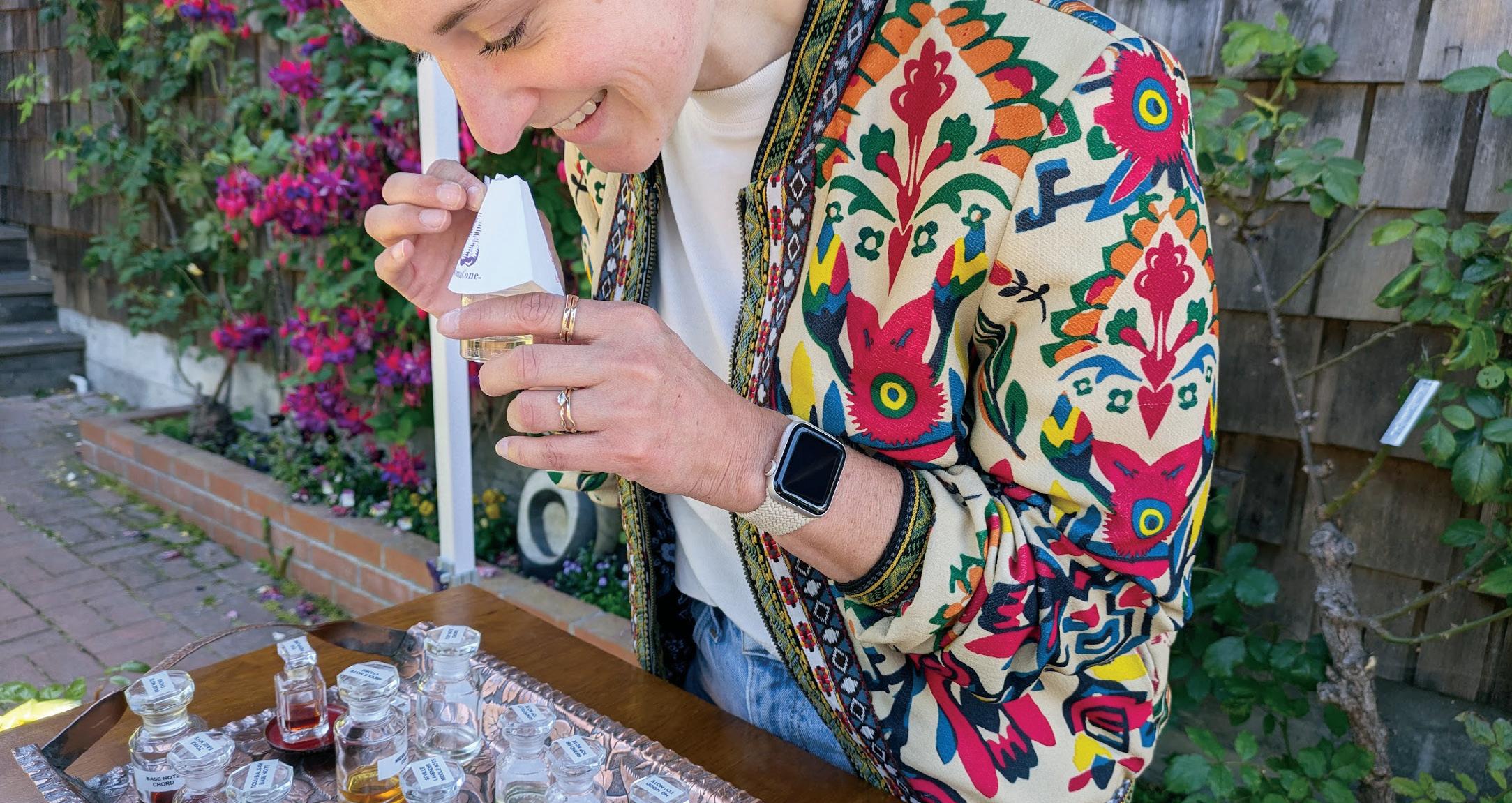
with readers. In the process, I closed off the very part of me the museum calls upon guests to surrender.
For 30 years, Mandy Aftel was a therapist for artists and creative people. “That part of my brain is not gone,” she said, though it was not something she had to say. I sensed that energy almost immediately. As our conversation went on, I gave into it, beginning to ask her questions more for myself than my story. Though I don’t know for certain, I suspect she realized that, and soon the call took on the quality of a session.
Aftel offered advice on how to describe scent (“anything that comes from food is fair game for smell”) and where to find beauty (“nature”). We veered into an affable conversation about modernity and husbands as her own spouse, Foster, chimed in off camera. I felt a comfort with her that I couldn’t conjure up in the museum because I had come to terms with the fact that I did not know where my story was going. At that moment, I was talking to her just to see what happened.
“People come to the museum insecure about scent, a little bit like wine. They don’t have the vocabulary, and they’re worried their choice will be wrong.” Aftel said. “I feel like scent is a purely sensual pleasure in that there is no wrong answer. Any answer you have, that’s the right answer.”
She was referring to the act of attaching words to odors, but it spoke to me beyond that. I realized how insecure I had been walking through the museum, facing the self-imposed pressure to get the story right, to write something that hadn’t been written. Plus I was insecure about this sensual realm, of letting myself be vulnerable enough to experience pleasure in a place I didn’t know, surrounded by strangers.
What might have happened had I lingered on some scents a little longer? What would I have written had I never read anything about the museum at all? What might have come to me then?
Normally I begin my day briefly glancing out the window of my apartment before settling into the news. The morning of my phone call with Aftel, when I slid up
the shade, the clouds outside stopped me from turning away. In an unusually milky gray sky, they looked placed—the work of an artist instead of atmosphere.
A few hours later, those peculiar clouds remained, suspended in a sunsetpoised sky among the edges of San Francisco’s downtown buildings. The sky exuded a kind of confidence, and everything in it had a sharpness that seemed important. I kept looking up as I walked, trying to understand why I couldn’t stop. And then an answer came to me like a vapor. Perhaps this was what Aftel had told me about scent, how it bypasses the usual channels. Here was a satisfaction deeper in me than where words choose to go, my animal nature emerging after all. Pleasure.
Most visitors, Aftel told me when I arrived at the museum, are repeat customers. At least half of them come back to experience it a second time. Now I know why, just like I know that I, too, will be back. I won’t do anything to prepare. I’ll just let myself go.
The Aftel Archive of Curious Scents is open every Saturday from 10am-6pm at 1518-1/2 Walnut St., Berkeley 94709. Call 510.841.2111














CALIFORNIA GOALS
Rise Up supports leaders fighting for sexual/ reproductive rights, criminal justice reform and better access to housing and education.



BY Janis Hashe
The mail carrier delivered another piece of mail addressed to the former occupant.
But this time, the soft-cover book, The Giving List: Women Doing It Di erently, turned out to be full of interest—in particular, including its profiles of two
Oakland-based organizations that are making a di erence for women in the East Bay and beyond.
The section devoted to Rise Up starts with a story about its then-12-year-old co-founder, Dr. Raquel Dunning. She was visiting family in Argentina when a girl, who appeared to be only about two

years older than she, got onto the same train. The girl was carrying a baby and had a toddler following. They walked the length of the car asking for food and help. “I promised myself that someday I would do something for girls like her,” the profile quotes Dunning as recalling.
In 2009, she began to realize that dream, co-founding, with Josie Ramos, an organization that supports girls and women in fulfilling their dreams.
“We work with local leaders around the world to improve gender equality,” Ramos said in a phone interview. “[The goal is to] ensure access to education and healthcare.” These local leaders, she emphasized, have “lived experience. We are investing in them.” As Rise Up’s director of learning, she spends a great deal of time listening to those leaders and asking what the organization can do to improve what it provides.
In California, she said, Rise Up supports leaders fighting for sexual/ reproductive rights, criminal justice reform and better access to housing and education. Rise Up also aids leaders who work with formerly incarcerated people, and youth aging out of the foster system.
One Oakland organization being supported by Rise Up, said Ramos, is the Family Violence Law Center. Sadia Khan is a policy advocate at the center. Her work focuses on forced marriages. “There are 9,000 forced marriages in California each year, and that number is increasing,” she said.
Although many have the impression that forced marriage is a “Third World problem,” that is far from the truth, said Khan. Another false assumption is that all of these marriages involve very young girls, while statistics show they involve women as old as 34. “Some are UC Berkeley graduates,” she noted. California currently has no laws regulating marriage by age.
FVLC is conducting surveys and listening sessions with women who have escaped forced marriages, accumulating more data that can aid their advocacy work, Khan explained. “We allow them to speak up without being shamed,” she said.
The organization is also actively pushing for legislation, such as Assembly Bill 2924, introduced in February by Assemblymember Cottie Petrie-Norris, which would ban state-sanctioned marriage for girls under 18. Petrie-Norris
is quoted as saying, “The U.S. considers marriage under the age of 18 to be a human rights abuse, yet, right here in the great state of California, children are still victims of forced child marriage. It is absolutely shocking, it is horrifying, and it is time we finally end this outrageous practice.”
Another FVLC goal is removing gendered language from the existing forced marriage protection orders. “Both the U.K. and Ireland have done this,” said Khan. “Forced marriage can involve more than immediate family members.”
Initially, Rise Up’s work was concentrated primarily in Latin America, South Asia and Africa. But as the organization matured, said Ramos, it became apparent that, “We knew so many amazing leaders around the world… it would be good to do that work in our own backyard, invest in California in the same way.
“So many of the issues are the same,” she said. “They may look different, but the root causes are the same.”
Rise Up held its third California Leadership and Advocacy Accelerator in September, providing “opportunities to strengthen advocacy strategies, support policy systems-change, and advance gender equity in health, education, and economic opportunity for girls, women, and gender-nonconforming people at local, state, and national levels,” according to the Rise Up website.
“Rise Up Leaders will be able to apply for up to $100,000 in competitive grant funding to develop policy and advocacy strategies to advance gender equity across various social justice issues in California,” the website states.
Ramos said, “Gender equity work is so intersectional. We want to enable these leaders to make larger ripples with their work [and] find out how we can maximize those ripples.” Goals include better and more funding, more connections and more opportunities to connect.
In 2016, Jocelyn Mangan was doing a fellowship at the Aspen Institute that asked participants to “start a venture they believed would change the world.” Mangan, who began her career in

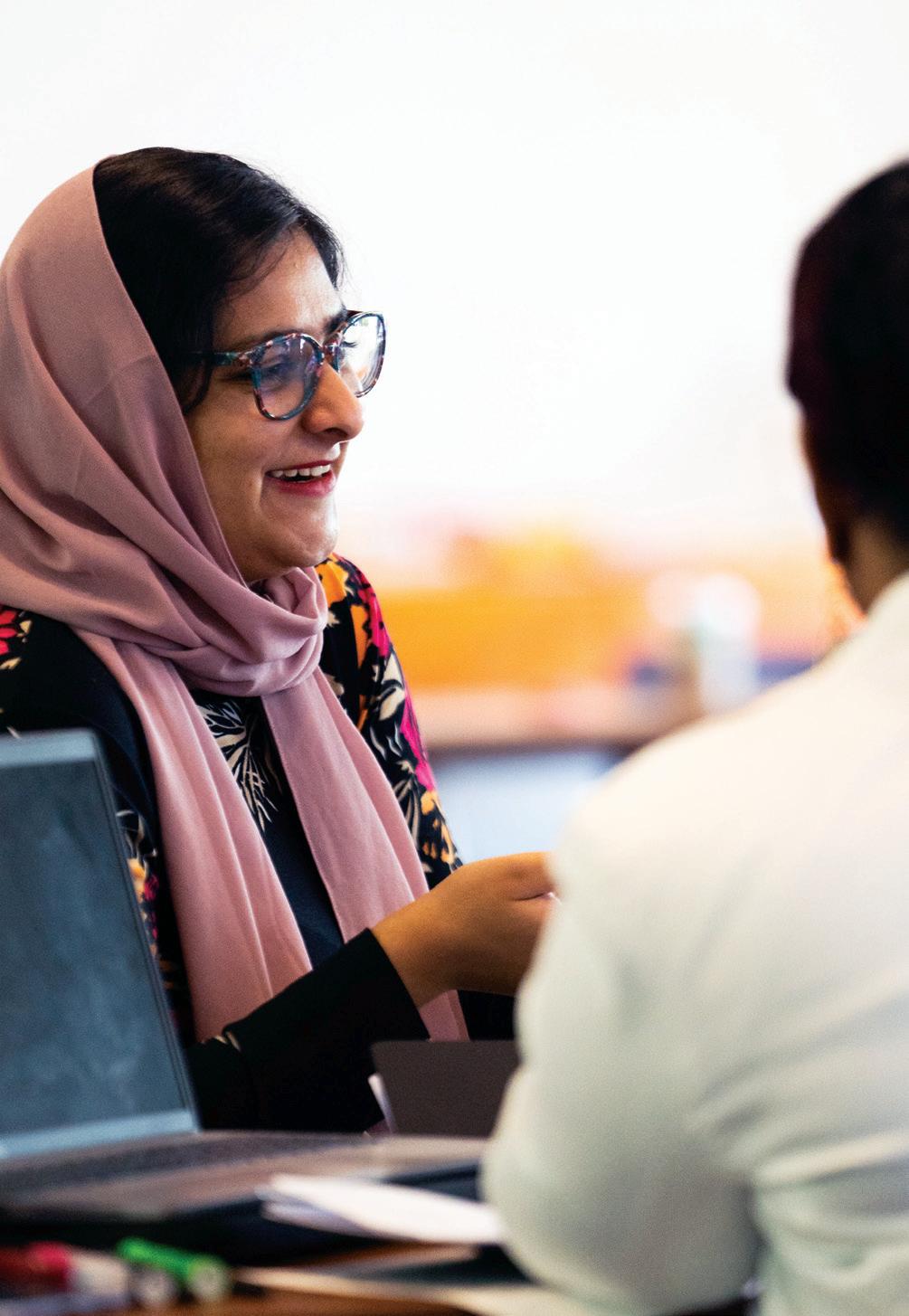
tech in 1995, chose to create one that would put more women in boardrooms, naming it Him For Her.
In a phone interview, she described working for CitySearch, which then became TicketMaster, then Live Nation. She worked with OpenTable before its purchase by Booking.com, and as COO at Snagajob. During these years, she learned a company’s board “sits above the CEO, and makes decisions about the products and services we use everyday.”
Yet the path towards male/female parity on boards, while progressing, has been progressing slowly. By the end of 2023, reported 50/50 Women on Boards, women held 28.4% of Russell 3000 companies’ board seats—but this was an increase of only 1% from 2022.
Mangan interviewed around 100 male CEOs and board members. What she discovered is that although they were all
willing to help create change, it was the process of finding new board members that was part of the problem. “Many of the stories involved private dinners, golf games, ski weekends,” Mangan said. “It was not a pipeline issue; it was a network issue.”
So, she set about creating networks of qualified women, connecting them with companies looking for new board members. To date, Him For Her has more than 8,000 board-qualified members, with multiple skill sets, in its network, and has helped place well over 100 women on boards.
“It’s not about diversity for diversity’s sake,” Mangan emphasized. “Many boards are missing competencies [in some areas]. This is a strategic move.”
She noted, however, that finding the opportunities remains a challenge. “These positions are not listed on LinkedIn. The whole eco-system tends
to live in word-of-mouth. But that’s how we’ve grown,” said Mangan.
Here in the East Bay, Him For Her introduced Shirley Collado, president and CEO of College Track, to the board of StarRez, a cloud-based community management company, through its partnership with Vista Equity.
One male CEO told Mangan, “Our board used not to be diverse. Connections were easier—but the company was worse off.”
The Giving List quotes Mangan: “No one person or organization can do this work alone. Him For Her hopes to be the driver because it is a problem that is solvable.”
To learn more and/or donate to Rise Up, visit riseuptogether.org, or send a check to Public Health Institute, care of Rise Up, 555 12th St., Ste. 600, Oakland 94607. To find out more and/ or donate to Him For Her, visit himforher.org, or send a check to Him For Her, 1889 Harrison St., Ste. 741, Oakland 94612. For more about The Giving List, visit givinglistwomen.com.
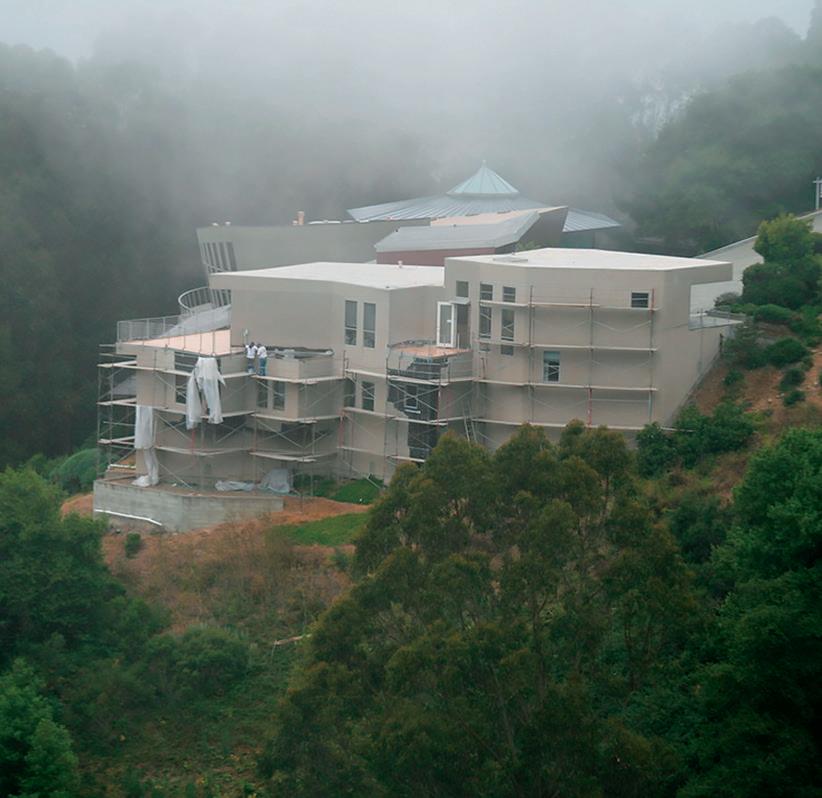



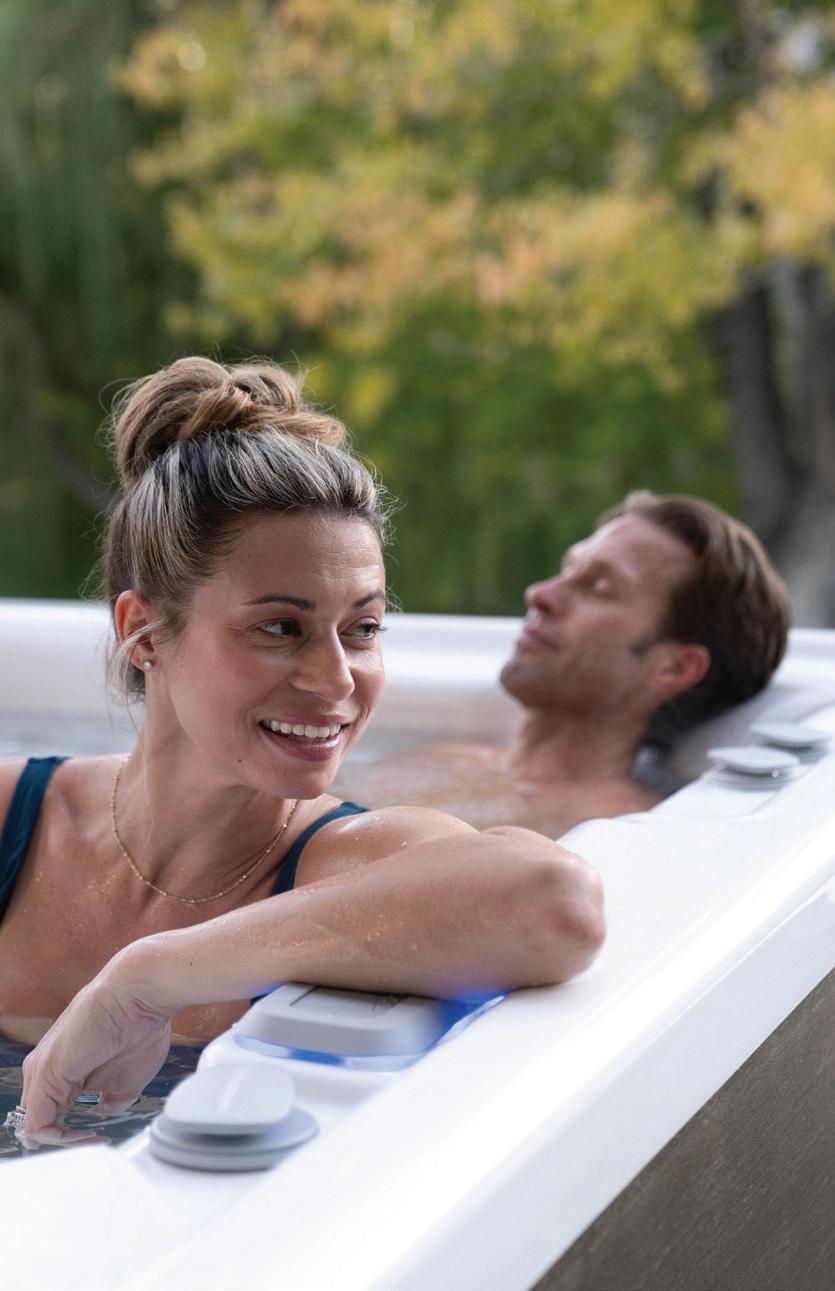




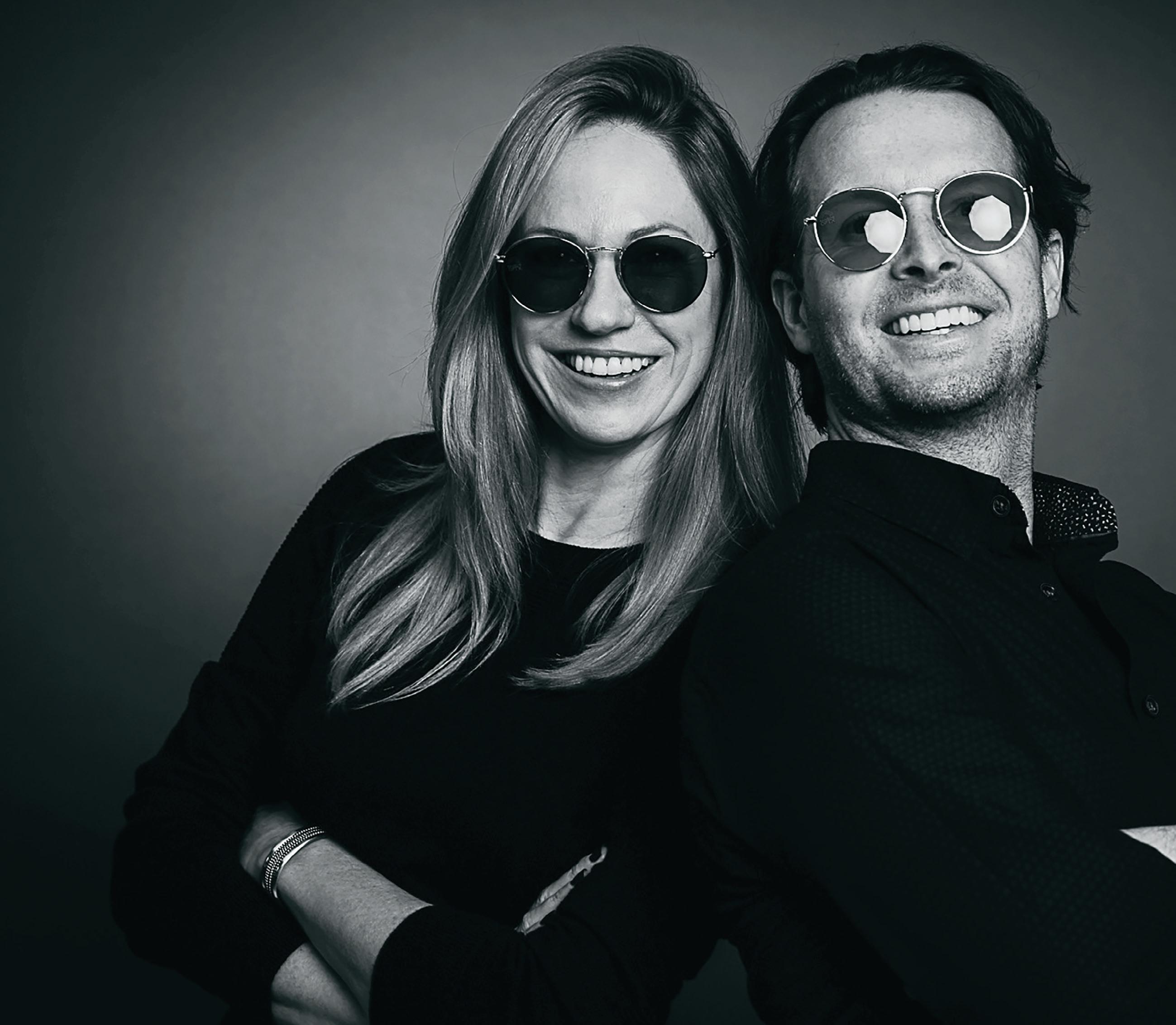

When husband-and-wife Sage and Tari Loring started their arts consultancy agency, Local Edition Creative, the vision for their company wasn’t fully formed. It didn’t matter. They had been sketching it out, year by year, with the very act of keeping their eyes wide open and their feet on the ground.
That’s how they filled up Oakland with dozens of murals to rival its sibling city across the bay. That’s how they brought a sleepy Concord to life with a vibrant
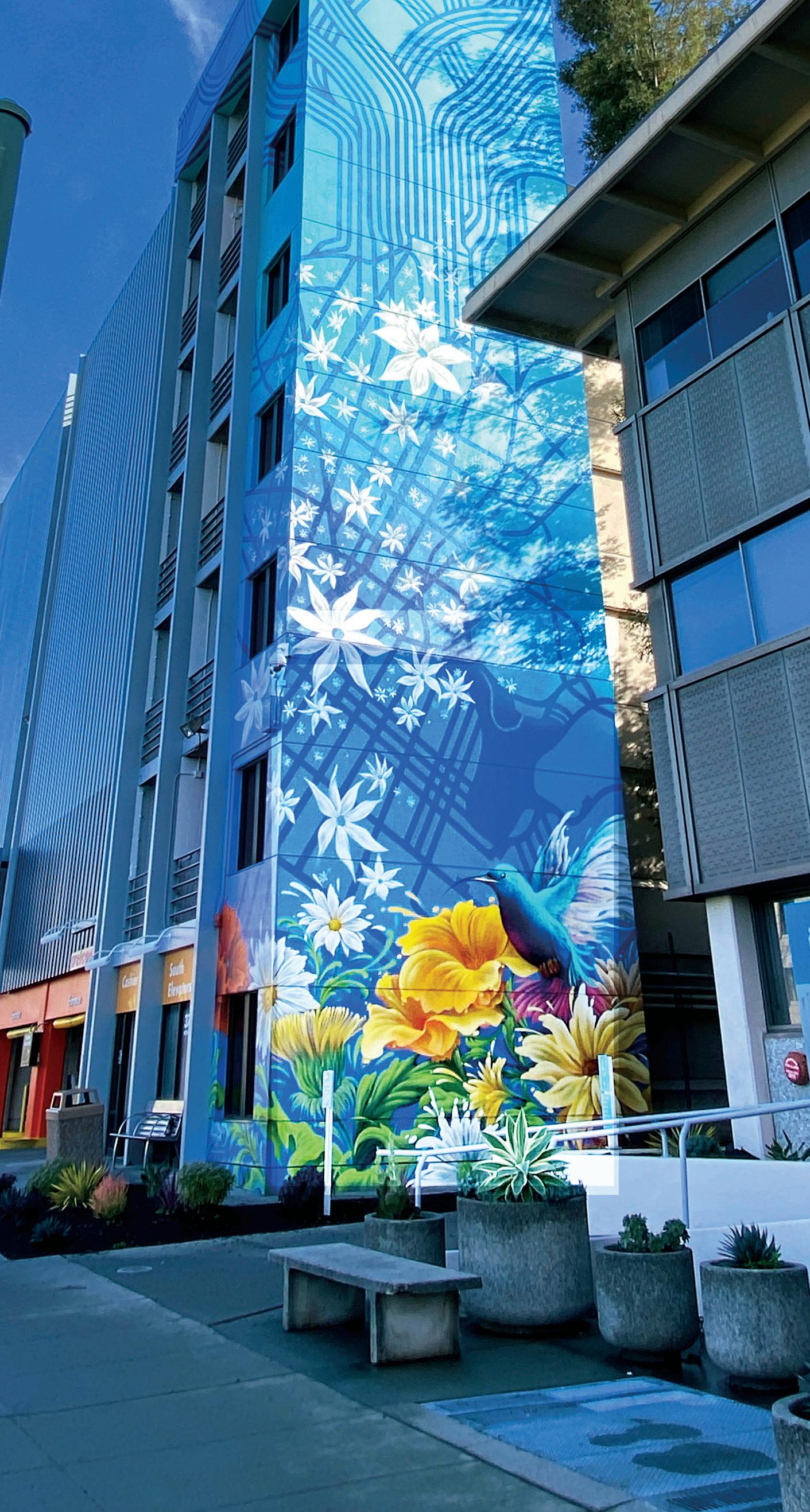
BY
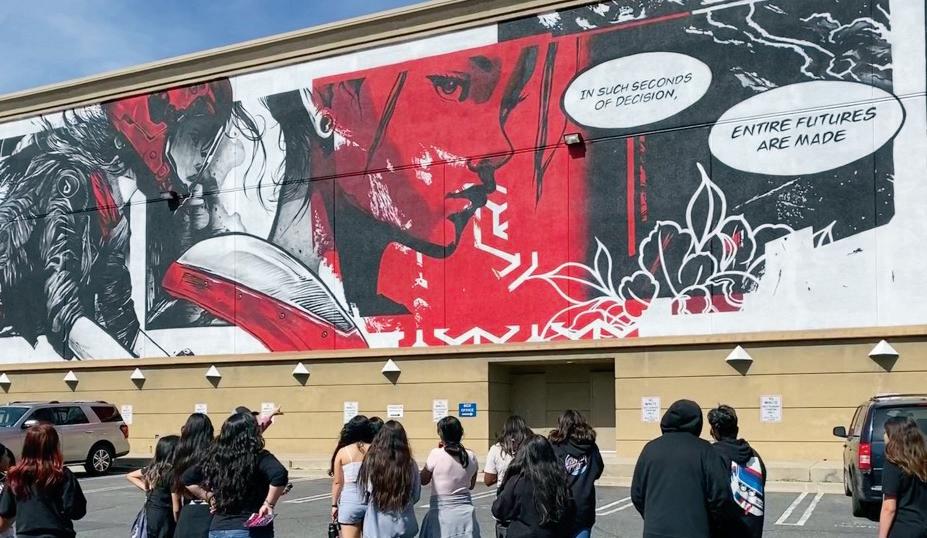
arts festival. That’s how they collapsed and expanded companies to give artists a lifeline and communities new life. And that’s how, more than two decades later, they’re still moving forward.
Upon moving to Oakland from Los Angeles in 2012, the couple settled in Jingletown, a funky pocket of Fruitvale full of artists’ lofts. It was close enough to BART to commute to their San Francisco jobs and a launching pad to the rest of the city.
“I spent an entire year riding my bike around every inch of Oakland in the morning before going to work,” says Sage Loring. “I did that just to explore all the graffiti and street art that was everywhere.”
He began to document his findings and post them on a new-ish platform called Instagram under the moniker “Fuming Guerilla.” (Fuming for his passionate sentiment, guerilla for his
style.) What he didn’t post gripped his imagination—the potential for murals that could bring the area’s buildings to life. In 2013, he convinced the owner of 333 Lancaster St. (which houses Oakland’s White Elephant Sale) to pay for one, a depiction of Oakland’s “town and country” landscapes by artists Vogue, Ernest Doty and Sean Griffin that remains today. Fuming Guerilla Productions was born.
Meanwhile, Tari Loring was working for an experiential agency that produced corporate and branded events. When a conflict of interest came up between two clients—competing spirits companies—she took on one of them on her own. Technically, this was the birth of Local Edition, the legal establishment of their new business in 2017. But its soul was really embedded in Fuming Guerilla, through which the Lorings were gaining practice, connections and fulfillment bringing more art to public spaces. That same year, Local Edition Creative absorbed Fuming Guerilla and began to carve out the company’s niche.
“Carve out” isn’t just a turn of phrase—it’s emblematic of the Lorings’ drive, a dedication to seeing things through even if they don’t quite know where they’re going.
While financially supporting their new company with the marketing and corporate work of their former jobs, they produced a series of big projects that established their name in town. By early 2019, they were able to focus solely on art consulting and production to pay the bills. Timing also worked in their favor.
“San Francisco was busting at the seams with all of the jobs that were happening there. There was nowhere else to live; it was too expensive,” recalls Tari Loring. “Developers were just starting to come over to Oakland and creating all these new high-rise projects or renovating old buildings.”
Opportunities were rife for Local Edition to offer developers a seamless process to answer city mandates for public art—and to support artists in the




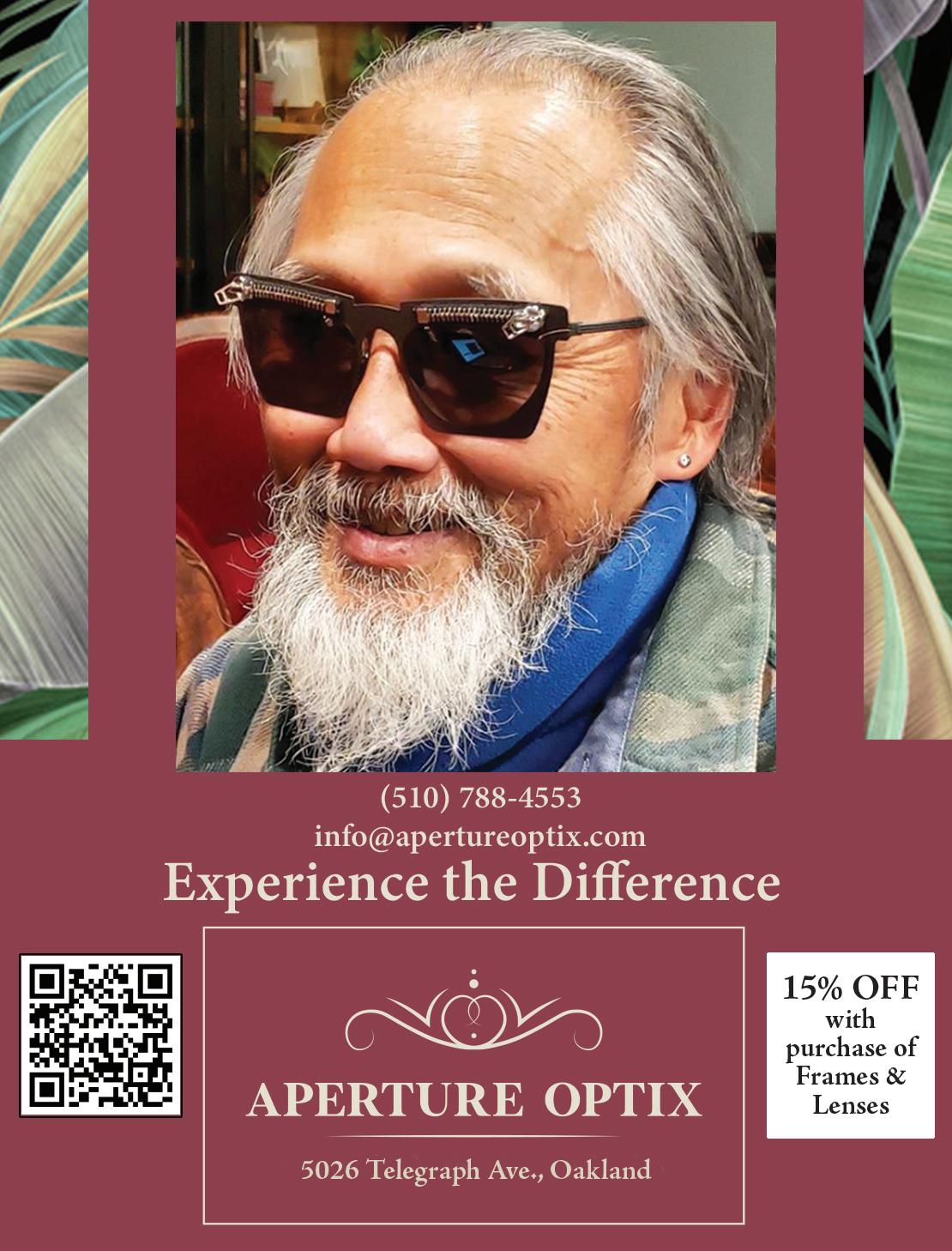









without MFAs, artists still in school: The Lorings made it their mission to get them paid, teach them how to negotiate and get their names out there.
process. Making these connections proved a gap in the market. It also allowed them to fight back against a status quo that gave work to the same artists over and over again.
“We set out purposely to give people jobs,” Sage Loring says. “We’re talking about OG gra ti artists that were the ‘artists’ artists’—that were very well-recognized, beloved and recognized and respected, but who weren’t getting all the work.”
Local artists, underground artists, artists without MFAs, artists still in school: The Lorings made it their mission to get them paid, teach them how to negotiate and get their names out there. Together they transformed nearly two dozen sites from Jack London Square to Piedmont, West Oakland to Lake Merritt.
In the midst of getting Local Edition o the ground, another project was crystalling. Chinatown, compared to its neighboring areas, seemed sparse to Sage Loring. He partnered with Luke Lin, at the time a med student, to set some mural motion in action with the help of local volunteers. In 2016, they formed a nonprofit, The Dragon School, to help raise funds for production costs. Before “the band fell apart,” as Sage Loring says, the group created dozens of murals. In 2020, the Lorings revived the idea of Dragon School with a new nonprofit, Three Thirty-Three Arts, which remains a completely volunteer-led initiative.
“Things became very addictive because of the joy you saw. I never thought I was
going to be so in love with volunteer work,” says Sage Loring. “It was just community love.”
Despite the tangible impact they made on Oakland and the deep connections they had within the community, the city began to price the Lorings out. In 2018, they moved further east, near Contra Costa County’s largest city, Concord. Upon landing, the energy was distinctly di erent.
“The arts community was very disparate and disjointed,” says Sage Loring. “There’s people here doing art, just like everywhere else, but no networks. It wasn’t anything like we experienced, and it was kind of disappointing.”
Vice Mayor and City Councilmember Carlyn Obringer can attest that the arts haven’t always been a priority for the city. As early as 2015, she faced an uphill battle just trying to get utility boxes painted. Of all the nine Bay Area counties, Sage Loring says, Contra Costa received the least amount of arts funding.
Both Obringer and the Lorings envisioned something bigger for the city. In December 2020, Local Edition proposed what would eventually morph into Creative Concord. The initiative was part movement, part event, a celebration of the region’s art, music and creativity. Since its inception, Creative Concord has introduced an influx of public art—18
murals dotting the city—and the Art and Music Jam, a weekend-long showcase of art, poetry, music and more. The first, in 2022, took a year and a half of planning to get together. The payo proved worthy when people of all backgrounds from around the county showed up to support each other. In October, the Art and Music Jam will enter its third year, promising even richer programming.
“They see the larger vision that art is not just murals,” says Obringer of working with Local Edition. “I love how they try to be involved in the community. It’s not just, ‘Hey we’re here to do our art thing,’ and you never see them again.”
As much as they’ve extensively planned and executed projects, as diligent and hardworking as they’ve been in their endeavors, presence has been key to all the Lorings have made happen. It’s allowed them to let their lives unfold and show them the way. Sage Loring references “kismet” a few times. Tari Loring’s take is less passive: “We go out, and we do things. We have ideas; we make them happen.”
The couple has expanded the e orts of Three Thirty-Three Arts, bringing art to school buildings in Concord. This year, several cities will bring Local Edition on as their public arts partner. What’s next is, hopefully, a continuation of all they’ve accomplished. What form it will take remains to be seen.
Creative Concord’s Art & Music Jam takes place Saturday-Sunday, Oct. 5-6, from 12-6pm at Todos Santos Park.










A Solano Avenue specialty market’s origins started with a pandemic wine club

BY Je rey Edalatpour
GOOD GOODS Shelves are stocked with a vast and diverse array of beautifully packaged foods and beverages—most sourced directly from the makers.
Anew East Bay specialty market is redefining the meaning of the word bodega. Celia and Joe Catalino’s Of All Places in Berkeley has recently joined the ranks of small markets such as Preserved and Benchmark Portavia. Instead of a neon Miller High Life sign or a fading portrait of the Marlboro man, their customers are greeted by a framed poster of the late Italian actress Monica Vitti. During the 1960s, Vitti was the muse of filmmaker Michelangelo Antonioni.
Growing up in New Hampshire, it took some time before Joe Catalino began to appreciate his Italian heritage. On his second visit to Italy a few years ago, he fell in love with Rome and the southern part of the country. In a phone interview with the couple, Joe Catalino explained that Vitti played a crucial part in connecting him with his roots. “After those Antonioni art house movies, she made comedies,” he explained. “She was goofy and weird, very Italian, and I love that about her.” Vitti is Of All Places’ patron saint, and her spirit presides behind the Catalinos’ front counter.
Joe Catalino’s restaurant career began at his father’s pizzeria in Portsmouth. He went on to work for Gordon Ramsay in West Hollywood, where he learned about wine from the sommelier team there.
After moving to the Bay Area, he was a sommelier at Michael Mina’s RN74. More recently, he held the same job at The Slanted Door when it was in the San Francisco Ferry Building. But during the pandemic, the Catalinos decided to open an online wine club. “It turned into a big wine club and shop,” he explained. “We hand-delivered everything throughout the Bay Area. That was our first go at our own little shop.”
Although it was successful, running an online business involved a lot of data entry, and it began to feel impersonal. They came up with the idea to open a shop in their own neighborhood on Solano Avenue.
The late Italian actress Monica Vitti is the Catalinos’ specialty market’s patron saint.

Celia Catalino’s professional background was similar. “My grandmother owned Mexican restaurants in the South Bay,” she said. She grew up cooking with her family before going to art school to study photography. In Los Angeles, where the couple met, Celia Catalino ran a catering business before pivoting to food photography, styling and marketing.
The shelves in Of All Places are stocked with a vast and diverse array of beautifully packaged foods and beverages. Most of them are sourced directly from the makers. They’re not big enough brands to have distributors, so they won’t appear in most grocery stores. Celia Catalino explained that many of the products have been developed by restaurant workers who lost their jobs during the pandemic. “We really wanted to have a place where we could support them and showcase
those products by sharing them with the neighborhood,” she noted.
One of their favorite local products is the salsa from Emmanuel “Manny” Galvan’s Bolita Masa. Based in Berkeley, Of All Places carries his salsa macha and salsa Serrano. The Catalinos met Galvan because he signed up for the wine club. “We loved his products, and we definitely wanted to carry them,” Celia Catalino said.
Both brands of coffee for sale are roasted in Oakland—Mother Tongue and Proyecto Diaz. “They’re just two of our favorite East Bay coffee brands, and we wanted to support them as well,” she added.
Local beekeeper Kelly Knapp provides her honey to the store under the stellar moniker Miss Bee Haven. And from Bonjerk (no shortage of food puns in this
market), Anica Wu makes Asian-spiced jerky. “She was a butcher for eight years before starting her Asian-inspired pork jerky company,” Celia Catalino pointed out. “It’s really cool to meet people like that, on their way up or just doing it because they love it.”
She also sang the praises of the Mill Valley Pasta Company, based in Marin County. “It’s handmade pasta with semolina flour that’s slow dried,” she explained. “It’s as close to homemade fresh pasta as you can get in a dried version.”
With its massive footprint, the Berkeley Organic Market and Deli on Ashby and College can accommodate a regular food counter. Recently, Casa do Petisco, home of Brazilian snack foods, moved in after Badan closed. Of All Places’s interior isn’t roomy enough to fit a food counter inside. But the market

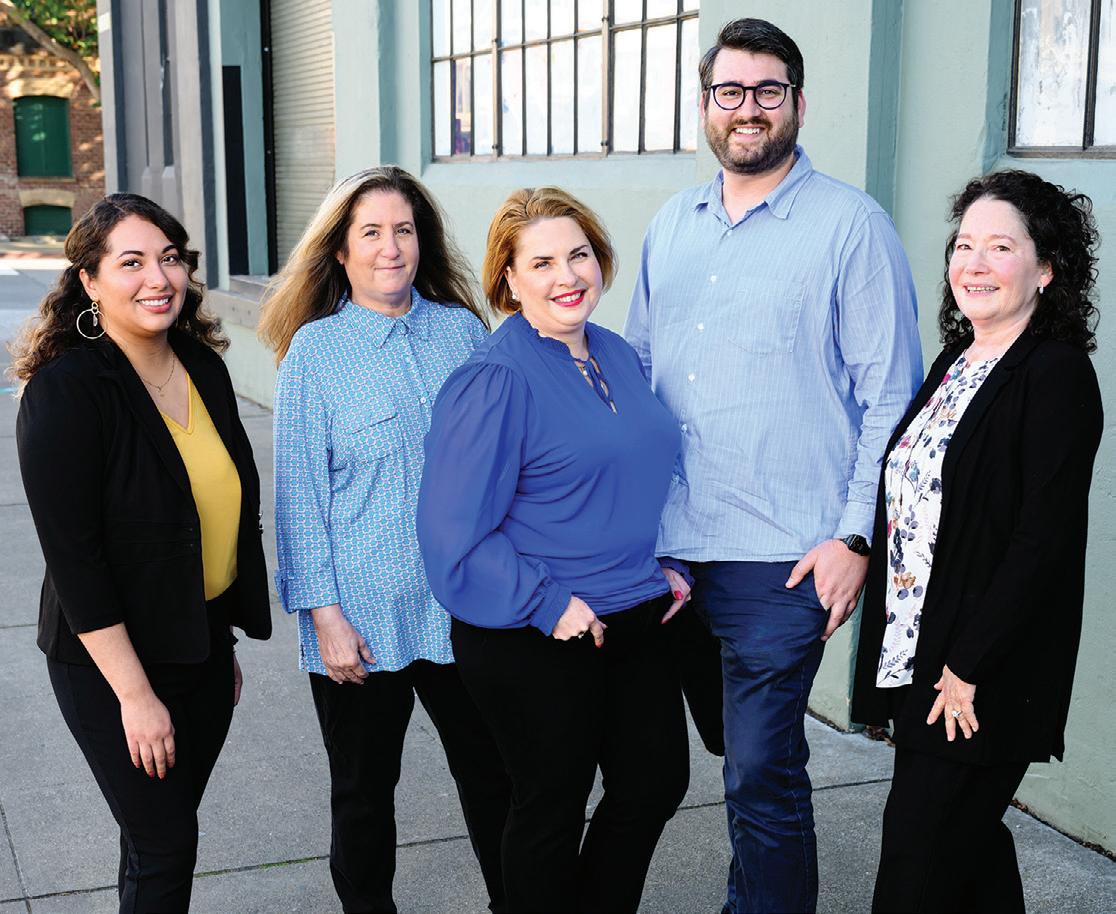

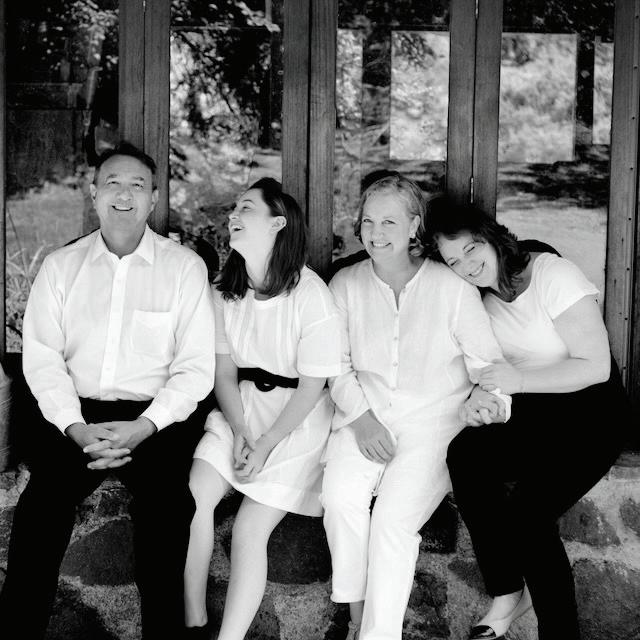
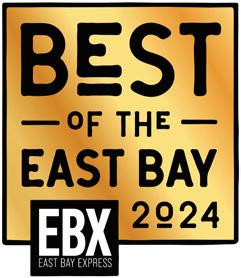




started hosting pop-ups this summer, including Bonjerk and Vanessa BalanonPadilla’s (aka Baker V) Filipino-inspired baked goods. “They set up out front, which is actually really awesome because they get a ton of exposure,” Celia Catalino said.
The Catalinos also decided to start the wine club again after Of All Places moved out of its initial soft opening phase. This time around, the big difference is it’s pick-up only. Two bottles a month are $50. “We like to say that it’s for an openminded drinker,” said Celia Catalino. “We don’t adhere to a red club or a white club.”
Added Joe Catalino, “It’s just two bottles that we really love. I try not to throw anything too weird in there that will scare anybody away.”
They’re all small production wines that happen to be organically farmed. While some of them are natural wines, it’s definitely not a natural wine program. “Our first two wine choices included a white and red blend, a sort of rosé but not, and then an orange wine from Sicily, which is just a stunning wine,” Joe Catalino said.
“What Joe found as a sommelier is that people want wine to be approachable,” Celia Catalino said. “They want it to be fun, and they don’t want to overthink it.”
The Catalinos recommend “beautiful bottles of wine” from producers they stand behind.
With the holidays around the corner, Celia Catalino has started to design gift boxes in order to make shopping “easy, fun and approachable.” Some customers have come in to peruse the shelves, and they don’t know where to start. Others have requested explanations about the products, which they’re happy to do.
“We might even, eventually, transition the wine club into more of a dinner club,” Joe Catalino said, “where you get a bottle of wine and then a few things to put a meal together.”
Of All Places, Tue to Sun 11am–6pm. 1841 Solano Ave., Berkeley. instagram.com/of.all.places.







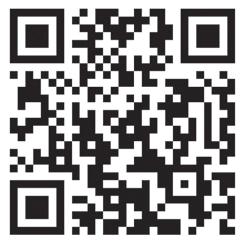










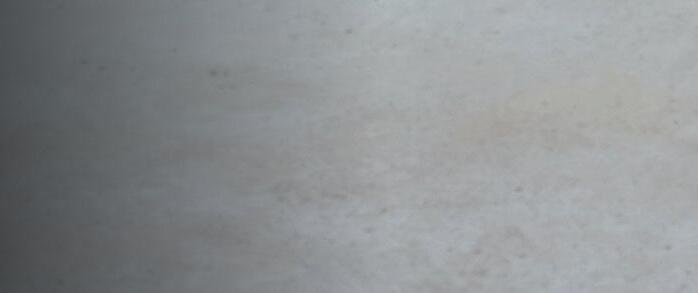



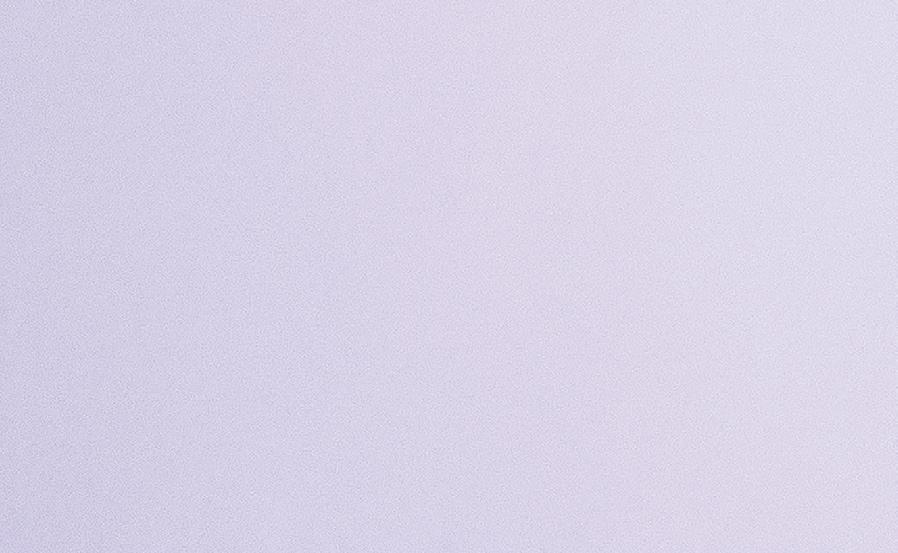


tours across California.










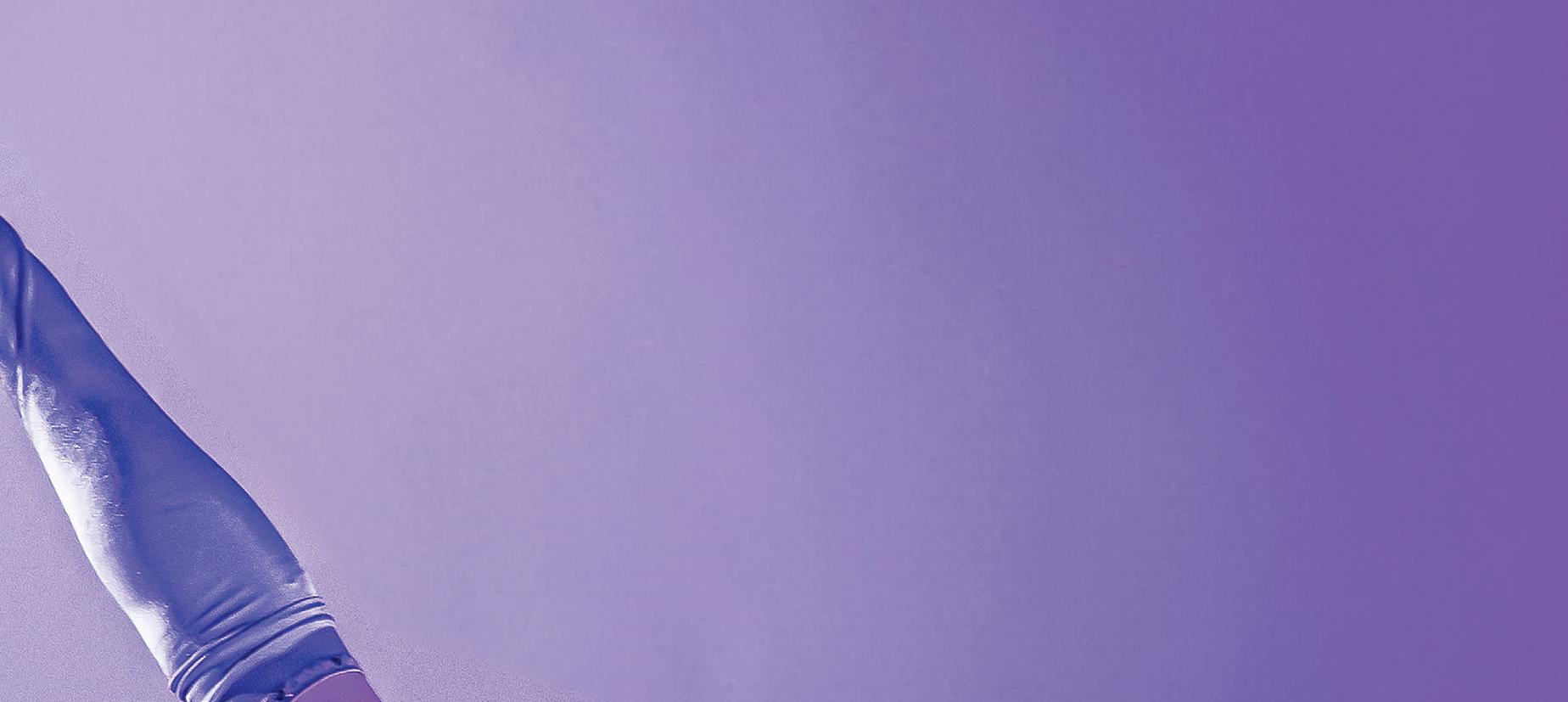






BY Sonya Bennett-Brandt





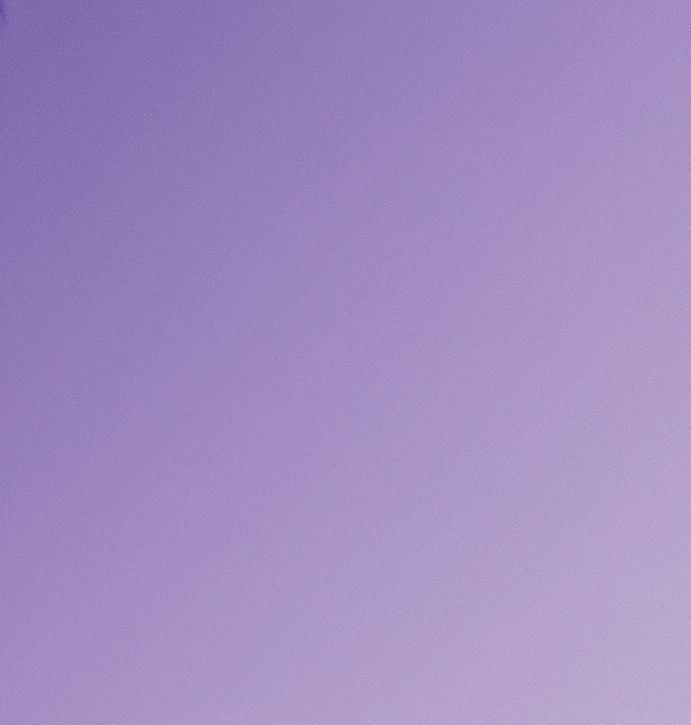
When you do aerial, you’re doing something that you think is impossible,” says Drago Nesa, entrepreneur, international circus performer and longestbody-burn-while-hanging-from-their-teeth world record holder. “And when a person can conquer their ability to do the impossible, they get this amazing sense of empowerment.” Nesa teaches aerial silks at SkyHigh Odditorium, a Richmond-based aerial arts and acrobatics school where strength training and choreography fuse in midair.




Nesa’s Intermediate Silks class meets every Wednesday at 6pm. When I sit in to see what aerial is all about, everything feels familiar at first—the session begins with a rigorous warmup of stretches, yoga poses and ab drills. But as soon as the silks are unraveled and the aerial practice starts, the class literally turns upside down. The students launch into movements that are immediately implausible—mid-air hangs and flips with the wow-factor of a good magic trick.
Aerial silks is the acrobatic art of climbing into the air on two long, flowing ribbons of fabric and manipulating the fabric to perform an athletic dance that doesn’t touch the ground, as the performer wraps, suspends and dangles in strange, precarious shapes. The silks are the aerialist’s only safety line, allowing performers to rise, fall, twist and sometimes seem to vanish into knots. Each move is a negotiation between body and fabric, as the students tangle themself into twists and loops of fabric that feel both reckless and precise.
Developed in the ’80s and ’90s, aerial silks is quite a young genre of aerial acrobatics that first became well-known when it featured centrally in a Cirque du Soleil show in 1998. Nesa discovered it while performing in a traveling fire performance troupe in Taiwan, then found an aerial teacher when they moved back to New York. “I just thought she had the coolest life,” says Nesa. “She would be in this amazing art space with these great ceilings, surrounded by a bunch of really cool babes, doing badass stuff in the air. I was like, ‘I want this to be my life.’”
Nesa founded SkyHigh Odditorium in 2012 with a vision: a 21+ aerial arts school that was accessible to beginners while keeping its roots in performance art. “My mission statement at SkyHigh is that aerial is both art and fitness,” says Nesa. Their students aren’t just learning tricks for fun—they are working towards the ability to showcase their skills. “I built SkyHigh around the idea that people would be trained to perform,” Nesa continues.
Some students build their skills enough to join the Dragonettes, SkyHigh’s inhouse performance troupe that appears at local events and tours across California. Nesa sees the artistic side of aerial as the core of the practice, giving it creative flexibility. “Gymnastics is so compulsory and non-optional. You have a set frame of what is good and what is beautiful. But with aerial, there's a lot more space to creatively express yourself,” explains Nesa.
Aerial silks looks intense—and it is—but SkyHigh’s doors are wide open to anyone and everyone, regardless of previous experience or athletic ability. Nesa finds that many prospective students have a preconceived notion of what they’ll need to be able to do to be successful in aerial—a full split, a big drop, a ton of pull-ups. “But as they learn aerial,” Nesa says, “they see that there's so much more to it than flashy moves—and that there's space for anyone that has ambition and motivation and willingness to work hard and forward their craft.”
Student aerialists do need grit—this isn’t a discipline you can just drop in on a few times a year. “You can take an aerial class one time, but honestly, the thing that you’re going to understand most about that class is that aerial is really hard,” Nesa says.
For those who stick with it, though, the journey is addictive. “The people that stay with it are in for the long run,” notes Nesa. “I get this kind of very interesting demographic of people that are adults who are looking for something fun to do, but something fun that’s going to go somewhere.”
The first step is learning the basic moves that one can do within the two strands of silk, and how to manipulate the fabric to get there.
“There’s a lot of directional analysis,” says Nesa. “You are supporting your own weight with just your hands, and then moving your body around and navigating shapes that you’ve never seen before in your life.”
When I sit in, the Intermediate class is focusing on inversions—moves done

partly or completely while hanging upside-down. The students practice moves like the spiral plank drop, which involves weaving silk around their legs and torsos to create a harness, then doing an expert swivel that magically unravels the knot, dropping them into a fall that’s caught just in time by another skillfullyformed snare of silk.
Nesa introduces each new move with a demonstration, pointing out the muscular underpinnings, where the students should feel tension and what to watch out for. Often, Nesa is comfortably lecturing while fully inverted, an impressive feat of diaphragm control.
In performance, the aerialists will put these moves together into a seamless sequence. “I look at aerial as a language,” Nesa tells me. “Silks 1 is learning the vowels. In Silks 2, you learn consonants and start putting together words.”
As the students practice their
consonants, Nesa watches and gives precise corrections and suggestions.
“Everybody is different, and a good aerial teacher, after observing somebody over a short period of time, should know the exercises to give somebody that is at their level of strength and flexibility,” says Nesa.
With the help of Nesa’s specific and intuitive cues, the students progress quickly. “I don’t think I’ve ever done so many inversions in one day,” says student Megan Tvedt. The atmosphere in the class is warm and supportive, as students cheer each other on and burst into applause when someone nails a particularly badass move.
“I think that the community plays a huge part here,” Nesa tells me. “First of all, you can’t train alone.” SkyHigh welcomes a diverse range of students, many of whom haven’t found a home in other fitness spaces (“We are indeed, all Odd here,” says their homepage). Some of Nesa’s best students arrive with no athletic
background and are able to develop an incredible level of fitness, going from being unable to lift their own body weight to doing so while suspended upside-down 10 feet off the ground, protected only by their own strength and a few folds of silk.
“The other thing that I see completely transformed with my students is their level of confidence,” says Nesa. “I have seen all of them go through their own levels of empowerment.” After all, they’re all doing the impossible.
For those who are aerial-curious, SkyHigh offers a weekly beginner class on Sundays, where no previous experience, strength or flexibility is required. “I just think anybody can do aerial,” says Nesa. “If you are at all interested, you should try.”
“It makes you feel so good, no matter what,” Tvedt adds after class, as the students carefully braid the silks together for storage. “And you have Drago (Nesa) cheering you on.” ❤
INTERCONNECTION
WELLBEING
Berkeley-based writer
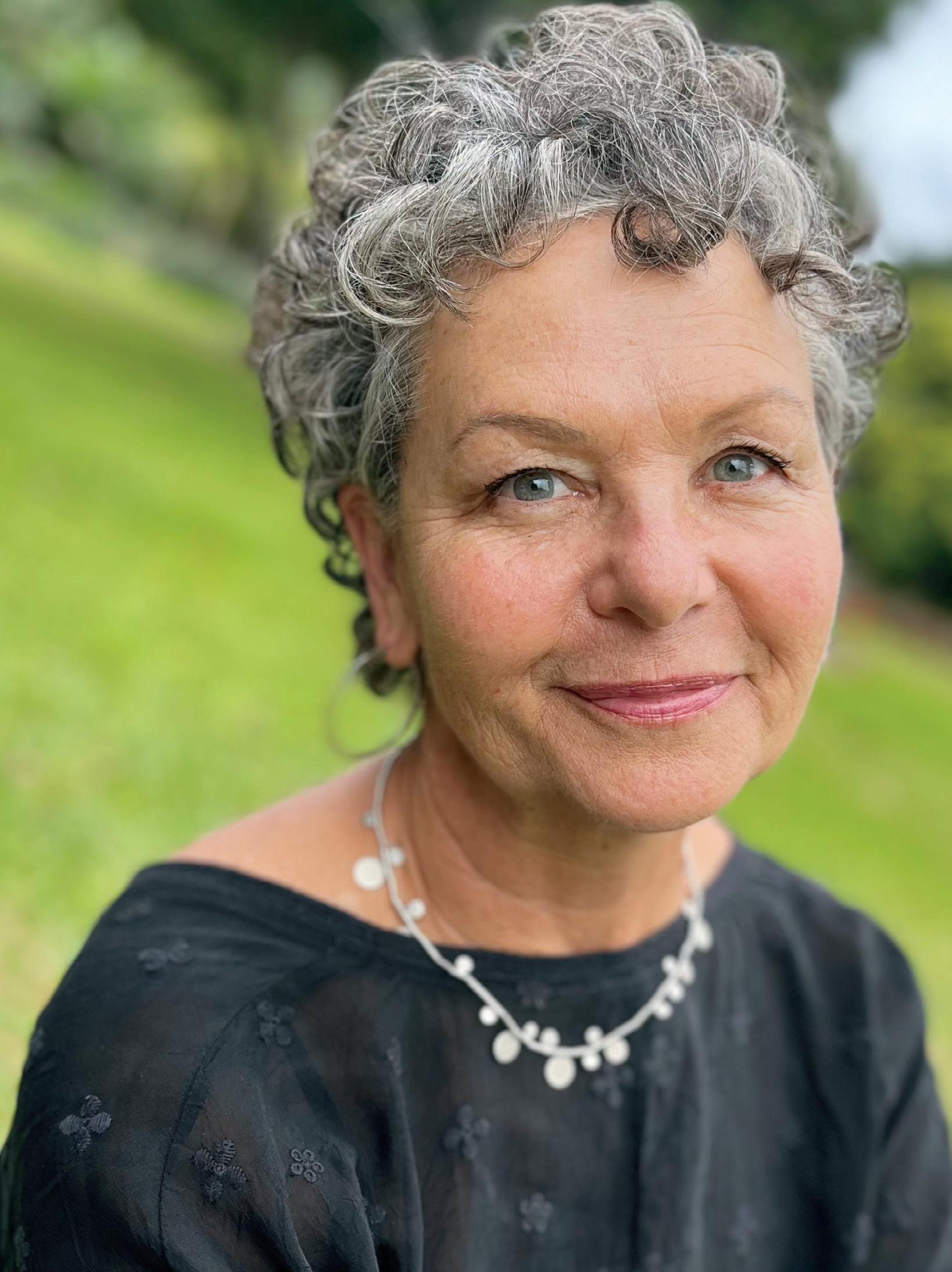
Berkeley author
Elizabeth Rosner’s latest book, ‘Third Ear,’ reflects on the science of listening
BY Lou Fancher
Elizabeth Rosner‘s new book, Third Ear: Reflections on the Art and Science of Listening, is by no means a prescriptive, how-to, self-help book. But it could be. Focused on listening and hearing, the Berkeley-based writer remembers and reflects on past and current auditory landmarks and their impact on health and wellbeing.
Taken as a guidebook, Third Ear maps a wide-ranging journey encompassing everything from molecular aspects of hearing to the negative e ects on humans of noise; the benefits of music; of listening
to whales, pods of dolphins or birds; the complexity of di erent languages; the nuances of expression; and the most profound interstitial or vast elements of hearing, such as silence or words left unspoken, but nonetheless, absorbed.
Throughout the historical and personal stories, Rosner’s easy warmth and e ervescent curiosity rise like air bubbles in water, making a book in which robust science-backed research and the voices of experts are found on almost every page also a delightful, intimate read.
Rosner grew up with multilingual parents who were survivors of the
Holocaust, which informs Third Ear and her previous nonfiction book, Survivor Café: The Legacy of Trauma and the Labyrinth of Memory. Also the author of novels, a poetry collection and essays found in The New York Times Magazine, Elle, The Forward and other publications, she displays a keen interest in science and history and a willingness to examine life’s dark side: death, grief, loss, war, and the mental and physical health conditions that disrupt identity and relationships to other people and nature.
A “life of eavesdropping on the world, listening with all of my senses,” she







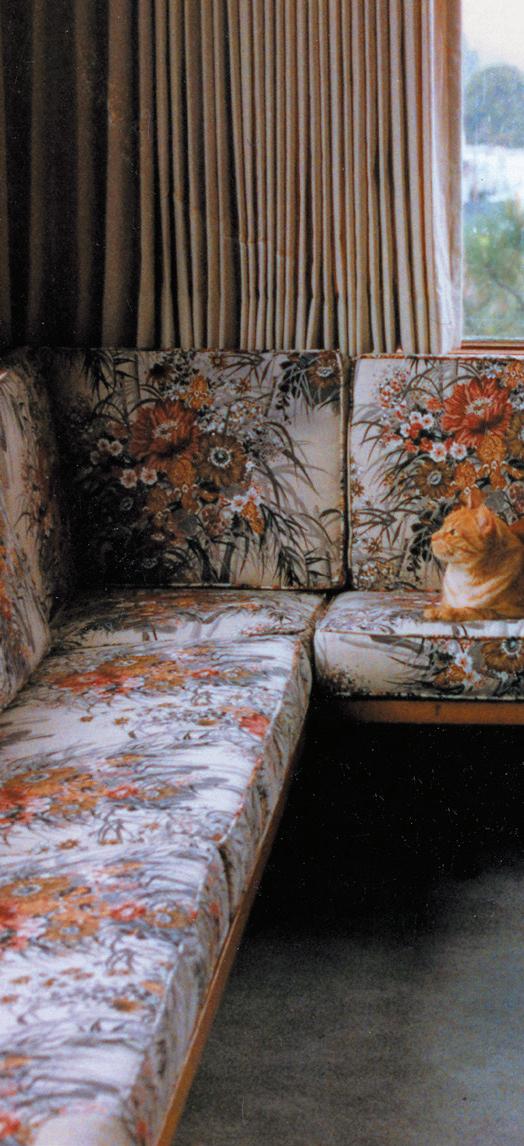

writes in Third Ear, has her “reaching toward sources of interconnection” and ultimately, searching for pathways leading to reconciliation, recovery, health and wellbeing.
“The science and art of listening is amazing. My mind keeps widening to accommodate it, and that’s a good thing. For me, that’s the goal of writing a book. I encountered a set of questions and answers. From that, I get more questions. To keep discovering more is an ideal way of being,” Rosner says.
Among the ideas that excited and fueled her innate curiosity were comments made by the experts she interviewed. She quotes in the book the Canadian composer and author R. Murray Schafer, who contrasted eyes and seeing with ears and hearing. Unlike eyes that can be closed to block light or avoid seeing something unpleasant, Schafer said, “We have no ear lids.”
Without a way to “shut off” sound—no one wears noise-canceling headphones 24/7, nor would it be desirable—the accumulative health effects are considerable. Studies Rosner references reveal evidence that too much noise, caustic communications and inescapable environmental volume in modern times results in well-documented, adverse physiological consequences such as high blood pressure, obesity, heart disease, low infant birth-weight, reductions in life span, substance addiction and a host of serious mental health conditions.
Add to that Rosner’s personal experiences and stories told by others about times when language and accents were cause for discrimination and judgment, and then the trauma related to auditory input arrives in thundering waves, echoing the past and rippling through the present to impact multiple generations to come.
Countering the universe of fearsome sonic forces is what has Rosner turning repeatedly to opportunities for restorative, healing, “third-ear listening.” The term and methodology were introduced by Theodor Reik, a colleague of Sigmund Freud. He credits Friedrich Nietzsche with the original idea that we listen and absorb not just the loudest sounds, but the content of silence and barely heard words.
Rosner writes of similar concepts among Indigenous people, connecting
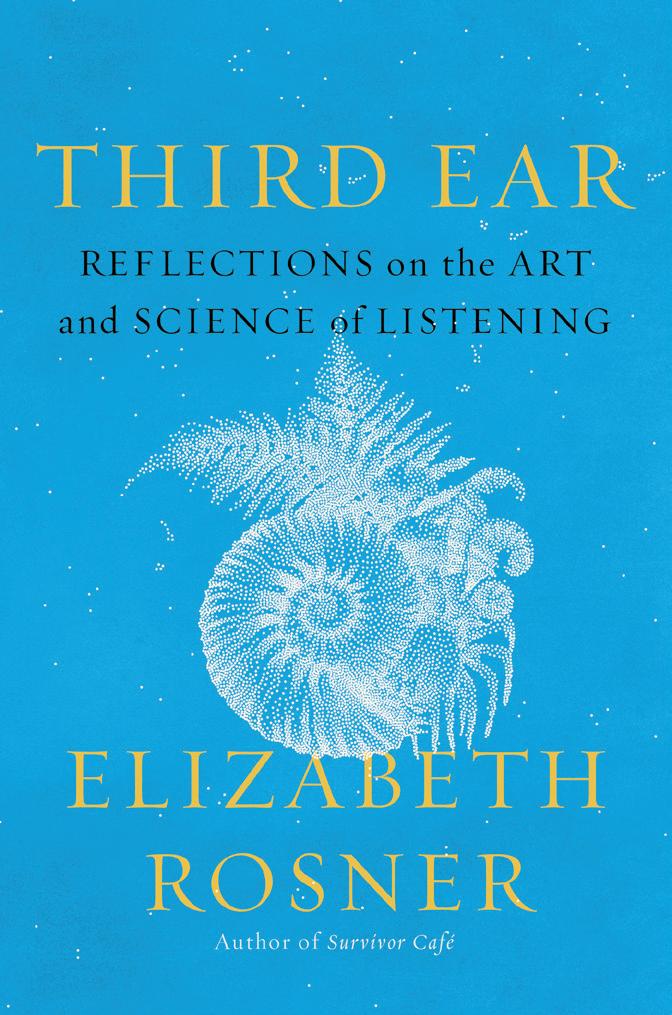
about in nature and how that resonates in human spaces where people might speak an unfamiliar language or express ideas that differ from their own.”
Although Rosner was careful and avoids over-emphasizing the hearing loss she is experiencing due to a slow-growing, benign tumor in her right ear canal, she does address deafness, hearing aids and tests, as well as cognitive and physical decline related to aging and increased isolation, memory loss, Alzheimer’s and dementia.
“Every species has a frequency niche. What we lose as we age are the highest range: baby cries, other things. For some people, hearing aids carry a stigma. They don’t understand they risk losing cognitive real estate, because when you’re straining to listen, you’re borrowing from the cognitive part of the brain that processes information. That isn’t meant to alarm people; it’s meant to encourage people to address it sooner rather than later,” Rosner explains.
Western psychology to 60,000-year-old Native cultures’ deep listening practices and belief in powerful cosmic sound channels that vibrate internally, in nature and through metaphysical settings.
The science behind what Rosner learned didn’t surprise her. Instead, it imparted a sense of meaning. “People tend to separate human interactions from their connection to the natural world. People concerned with listening, noise, science and health focus on one or the other. What I hope I’m contributing is information about the connections of all those things. Nature and human interactions are intricately woven together. I’m not giving prescriptions or saying to follow a certain method; I’m simply suggesting things I’ve learned in my explorations,” she says.
During threshold moments like listening to whales, dolphins, birds and the wind, she was made aware of the expansiveness of the universe: the size of the ocean’s depth and the breadth of animal diversity. Notes Rosner, “My wellbeing grew and deepened. I hope to continually refine my practice of listening inside, outside and beyond my physical limitations. I hope people reading this book ask themselves what they are curious
Third Ear offers much more than the conversation covers, but centers all the issues around Rosner’s philosophy about pro-actively listening. “How much are we selecting, filtering and using discernment to actually, not instinctively listen? We’re wired through the mechanism of hearing to have a range, listen for things that are benevolent or dangerous, hear music we like, find connections that make us or other people feel good, like voices of loved ones,” she explains.
Which leaves choices and questions, according to Rosner, such as: “Will my wellbeing be improved if I allow the ping or alarm sounds of mobile devices to push me into a constant state of adrenal overload, hyper-vigilance, anxiety? Why would we want to put our nervous system through that?
“We need to remember we can turn it off. We can improve listening without taking a class or entering therapy. Take the most difficult relationship and listen for softening; hear solace in the wind moving through trees or bird calls,” she says.
“There’s a lot of sorrow, suffering, violence and fearful news in our world. I can orient my third ear toward the good. Find a space that consoles you and use listening medicinally, maybe not in the ways I have, but often.” ❤
Garbageisamanufacturedproduct,created whenotherwiserecoverableresourcesare mixedandmashedtogether.Mostroomsin everybuildingin thewholecountry haveabasket wherethis manufacturing begins.Discarded resourcesareput inonebyone, thendumpedinto alargerbin,and thenintoatruck withamore modernbodybasedonthisone.A hydraulicpistonsmasheseverything together.Theobjectiveistopackinmore cargobeforethetruckhastobedrivento whereitcandumpontotheland,tobe covered ina“sanitary“way.Liquidsleach outandmaketheirwayintotheplanet's
Garbage is a manufactured product, created when otherwise recoverable resources are mixed and mashed together. Most rooms in every building in the whole country have a basket where this begins. Discarded resources are put in one by one, then dumped into a larger bin, and then into a truck with a more modern body based on this one. A hydraulic piston smashes everything together. The objective is to pack in more cargo before the truck has to be driven to where it can dump onto the land, to be in a “sanitary“ way. Liquids leach out and make their way into the planet's


water eventually. These “sanitary” methods of filling the land (hence “sanitary landfills”) also provide for anaerobic decomposition of organic materials – which makes
water—eventually.These“sanitary” methodsoffillingtheland(hence“sanitary landfills”)alsoprovideforanaerobic decompositionof organicmaterials –whichmakes methane.
Landfills are the largest source of methane. In the short term methane is 80-100 times
more powerful than carbon dioxide to warm the planet.
Landfillsare thelargest human-created sourceof methane.Inthe shortterm methaneis 80-100times morepowerfulthancarbondioxideto warmtheplanet.
Makinggarbagechangestheclimate!
Ifyou'renotforZeroWaste, howmuchwasteareyoufor?
If you're not for Zero Waste, how much waste are you for?
NASA'sAstronomyPictureof theDayfromFebruary12, 2002,coloredthemethanein theEarth'satmospheregreen, andananimationshowedhowit spinstothepoles.NASAsaid, “Methane(CH4)issecondonly tocarbondioxide(CO2)in creatingawarminggreenhouse effect…. ThelargestabundancereleasedbytheUS…is createdwhen anaerobic bacteriabreakdowncarbon-based garbage inlandfills.” [Emphasisadded.]
NASA's Astronomy Picture of the Day from February 12, 2002, colored the methane in the Earth's atmosphere green, and an animation showed how it spins to the poles NASA said, “Methane (CH4) is second only to carbon dioxide (CO2) in creating a warming greenhouse effect The largest abundance released by the US … is created when bacteria break down carbon-based in landfills.” [Emphasis added.]

UrbanOrehasbeensalvagingforreuseinBerkeley since1981.Wehave3acresofsecondhandgoods, open360daysayearuntil5:00PM,900MurraySt. near7thxAshby.Comeshop.
Urban Ore has been salvaging for reuse in Berkeley since 1981. We have 3 acres of secondhand goods, open 360 days a year until 5:00PM, 900 Murray St. near 7th x Ashby. Come shop.


